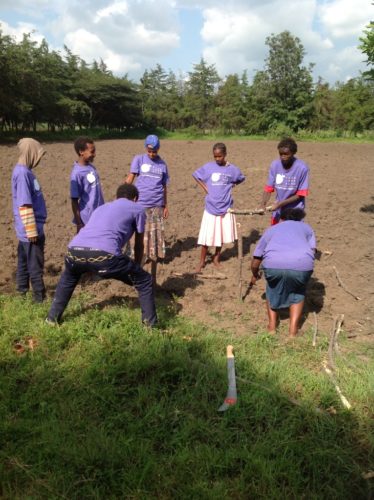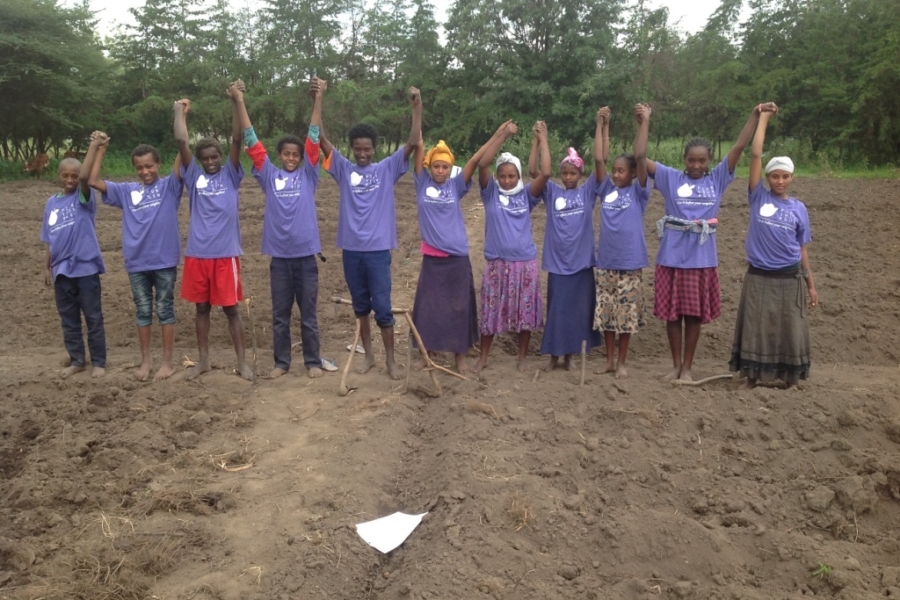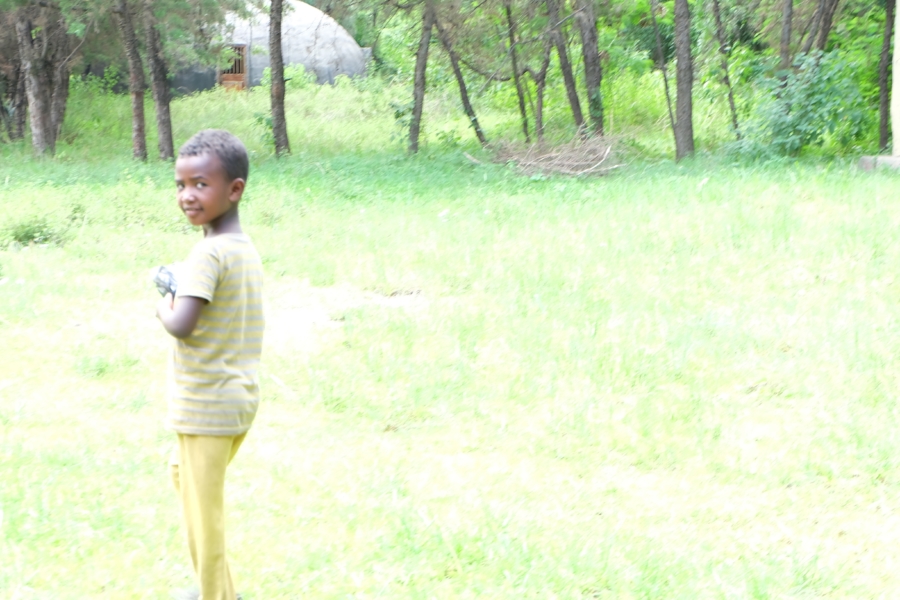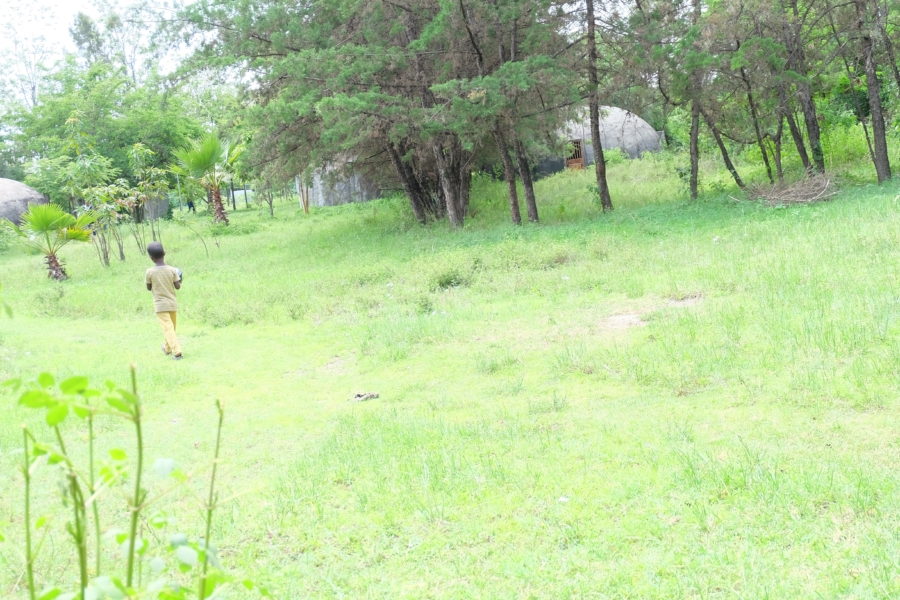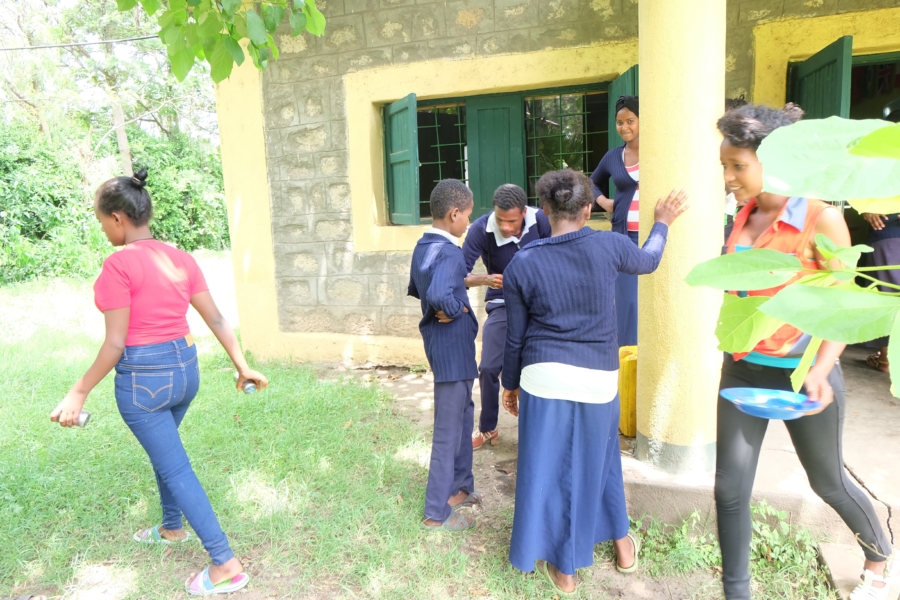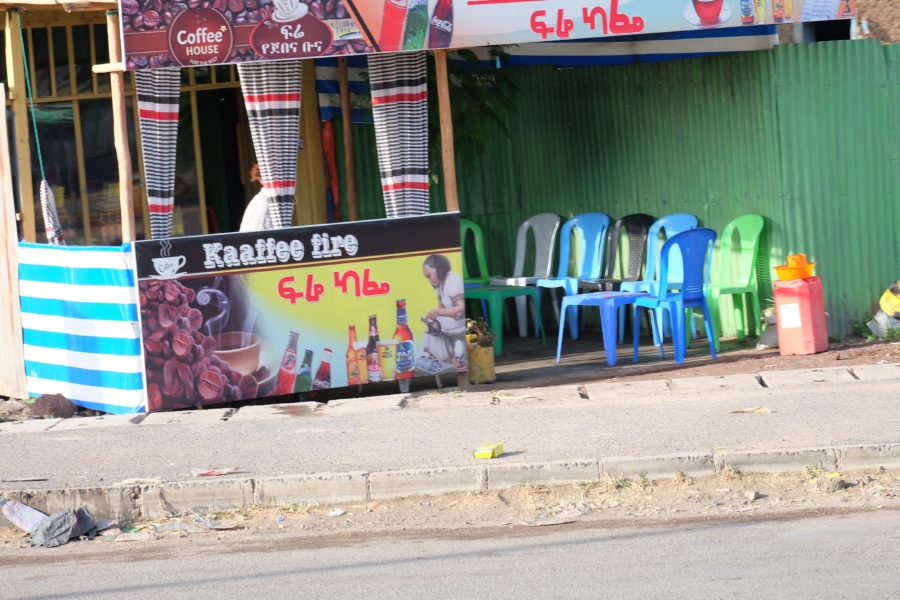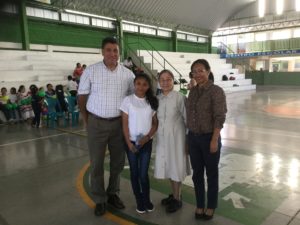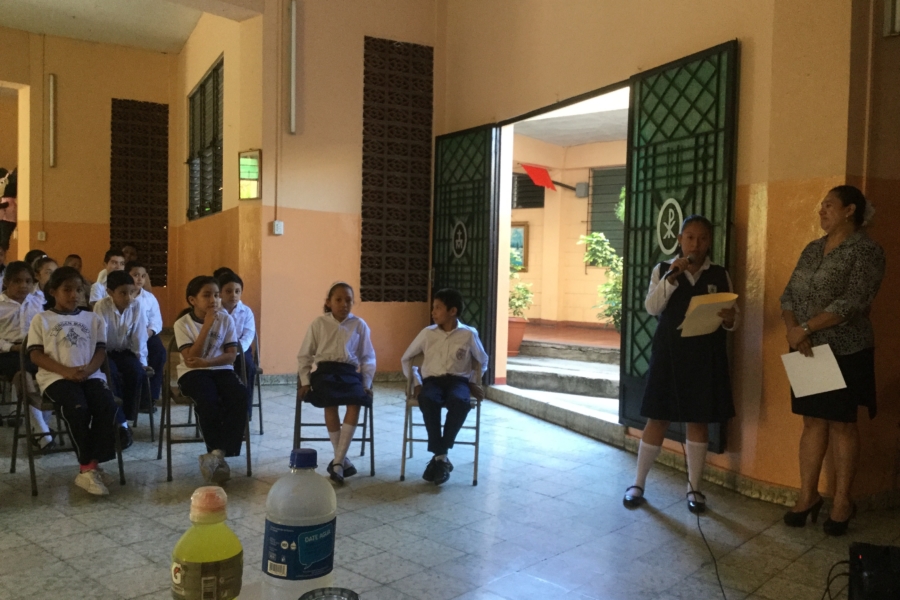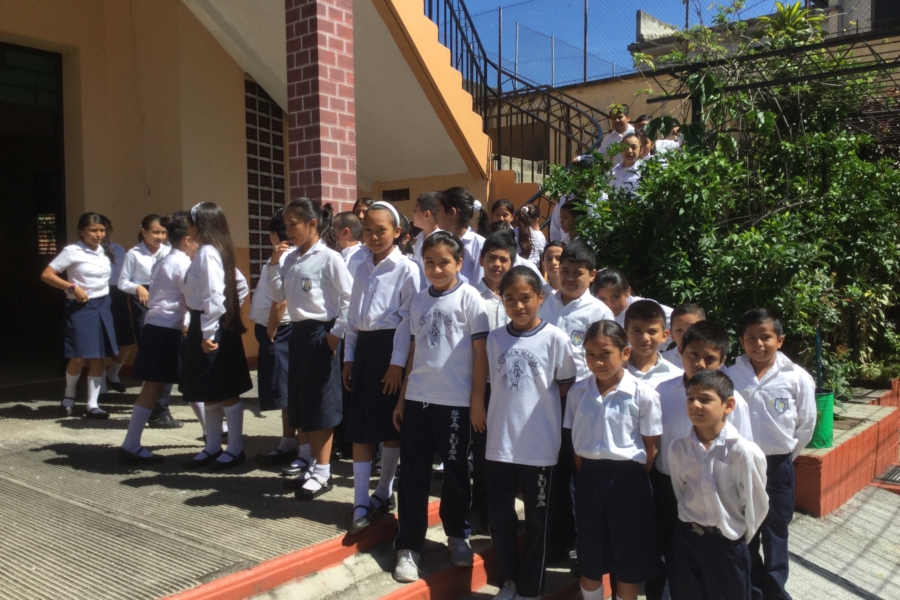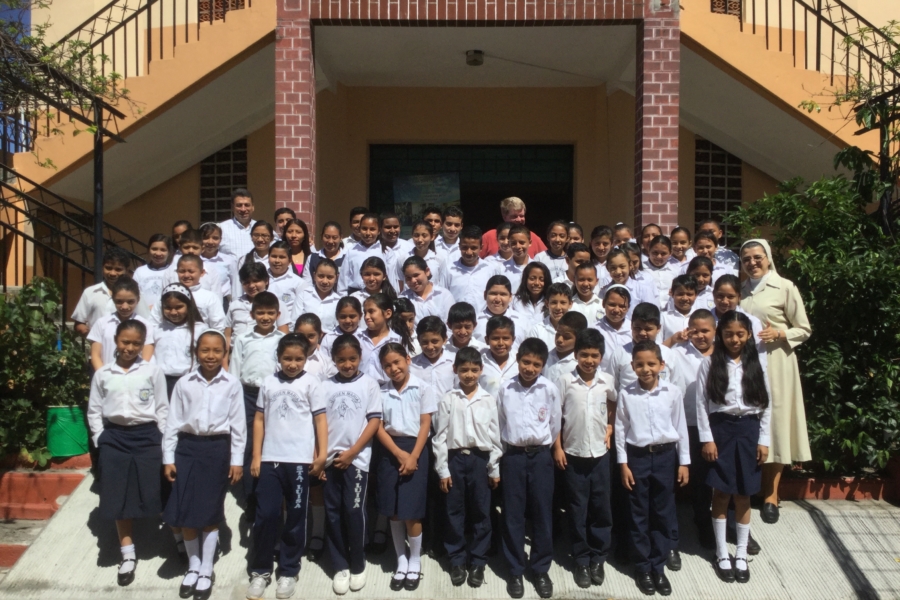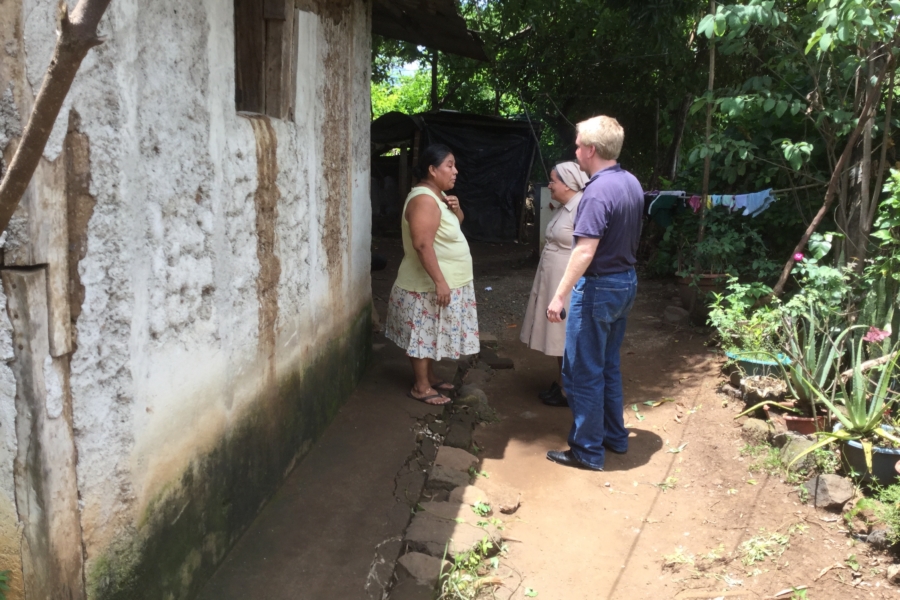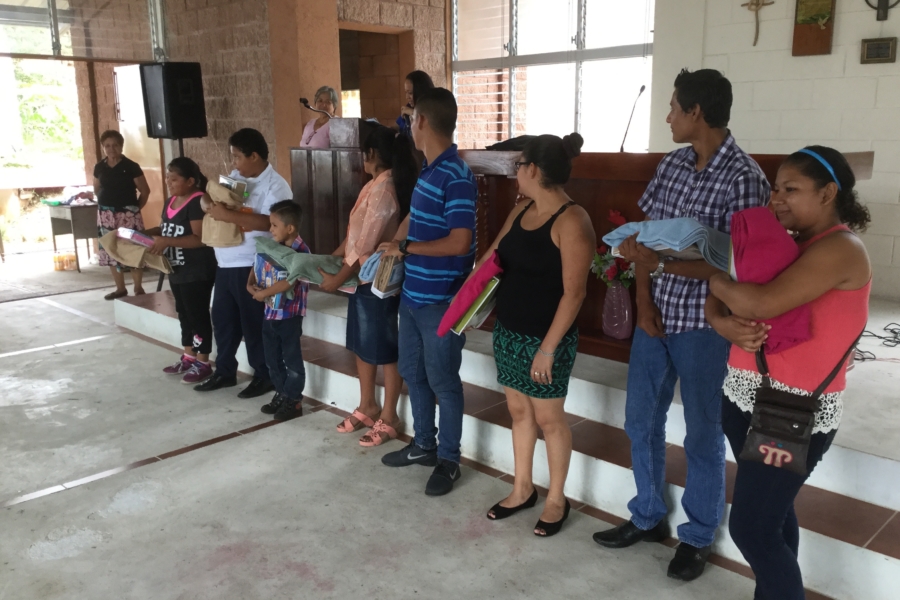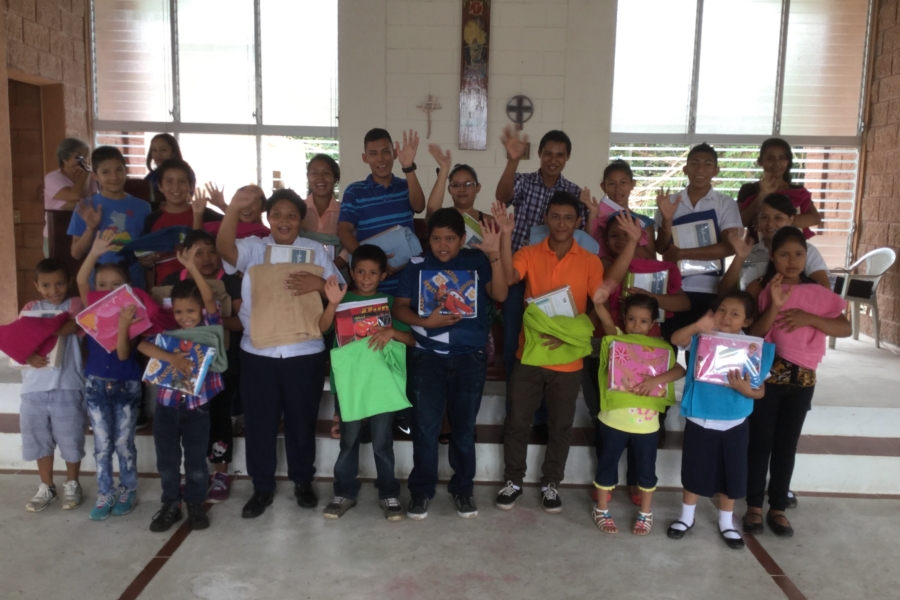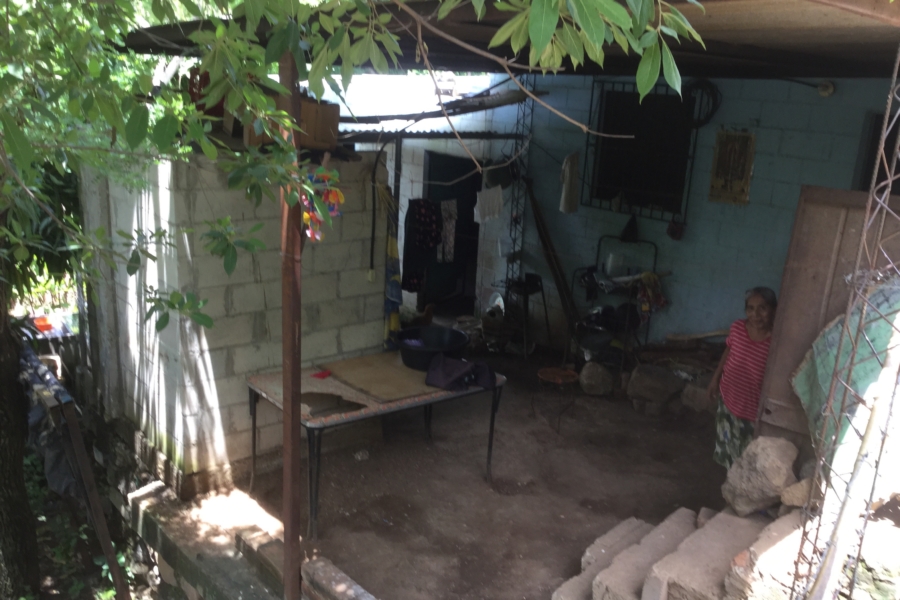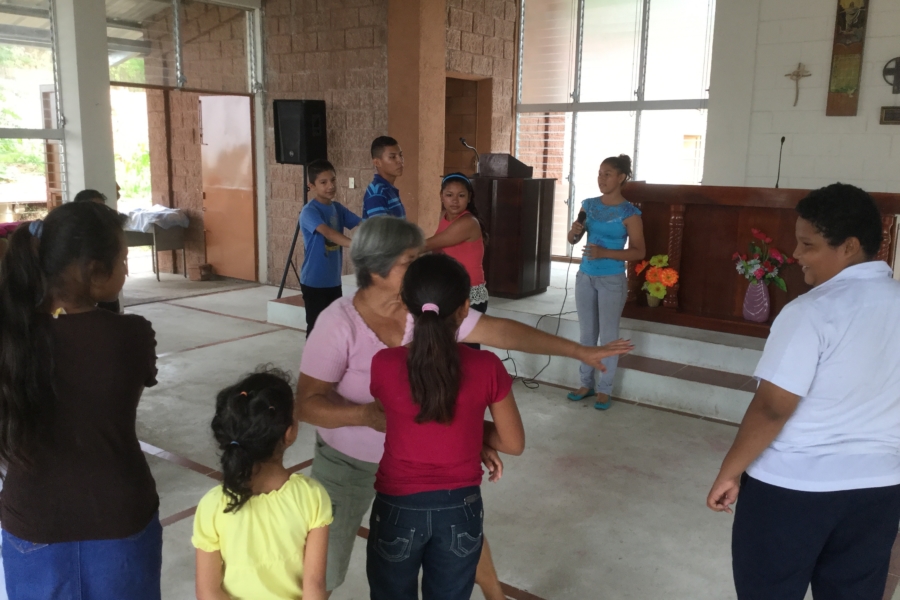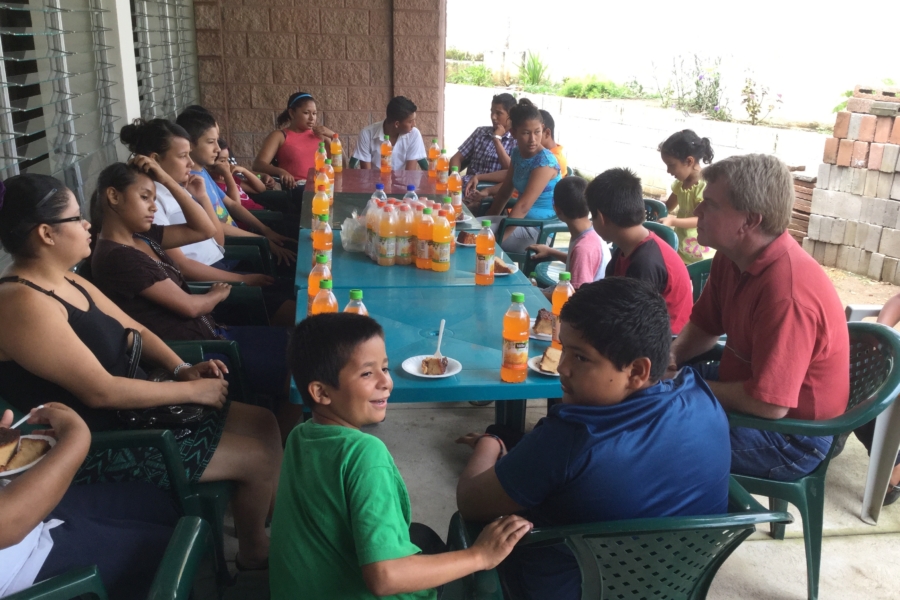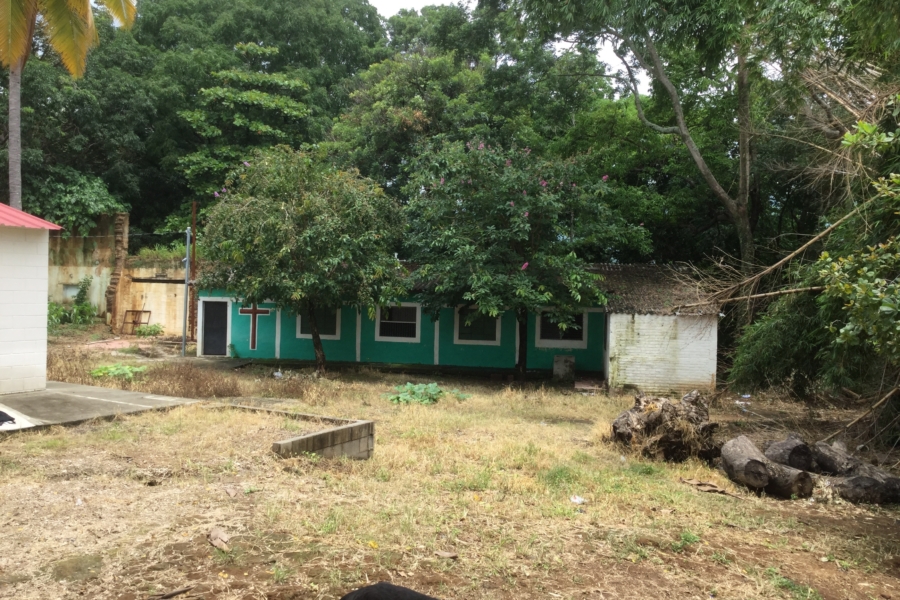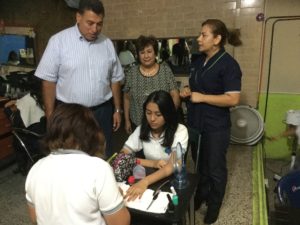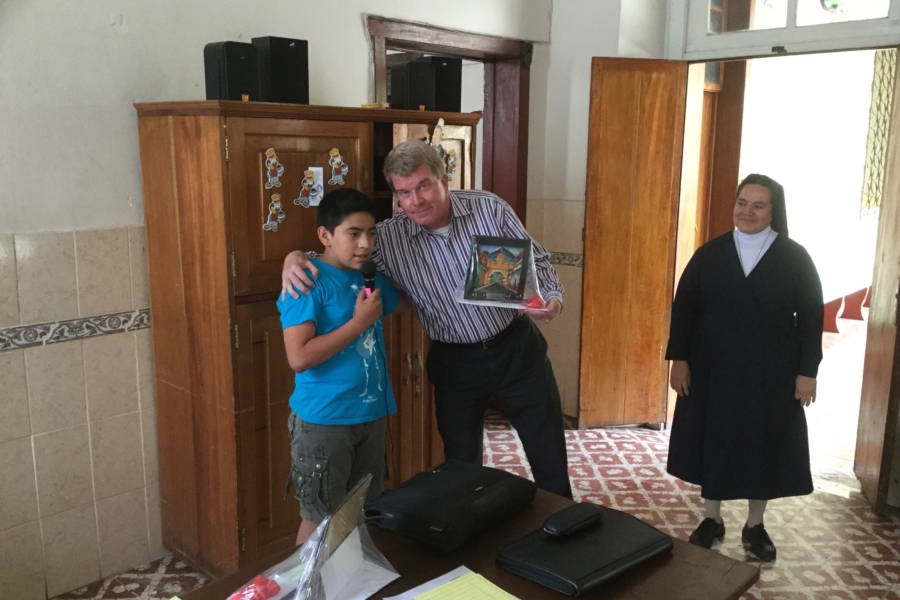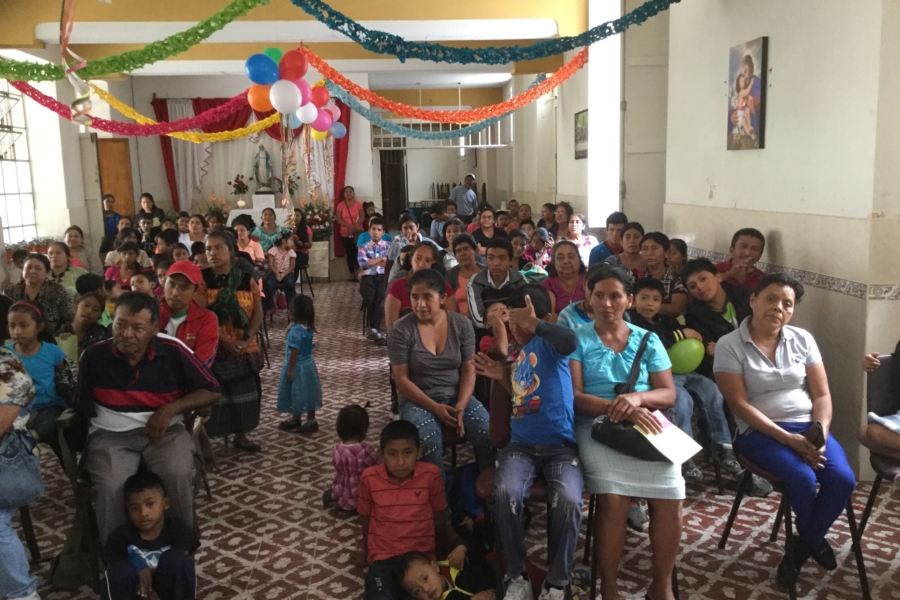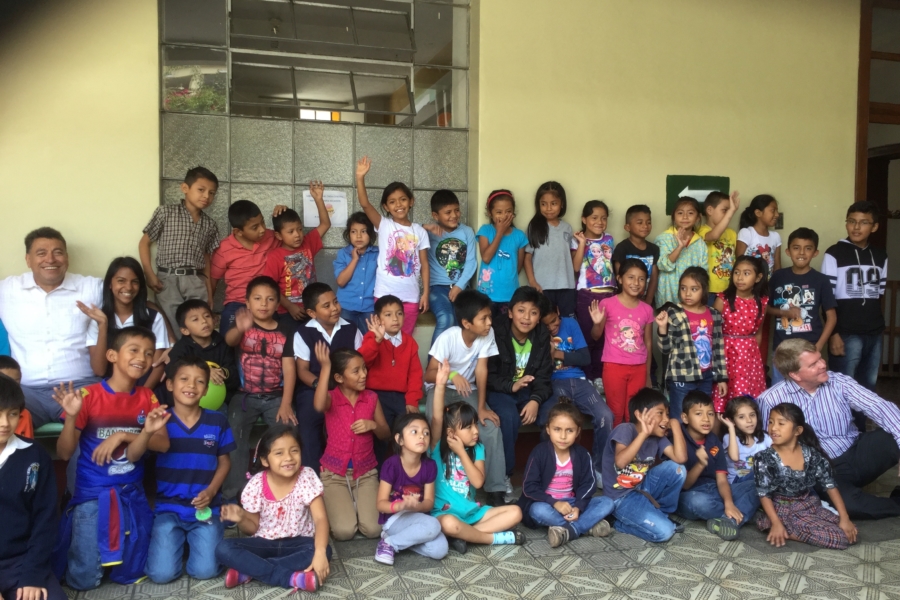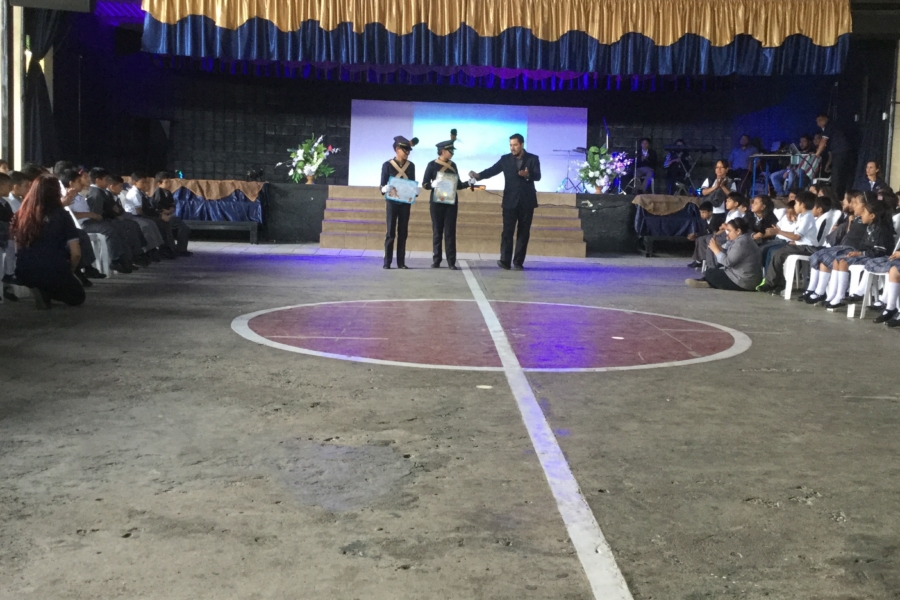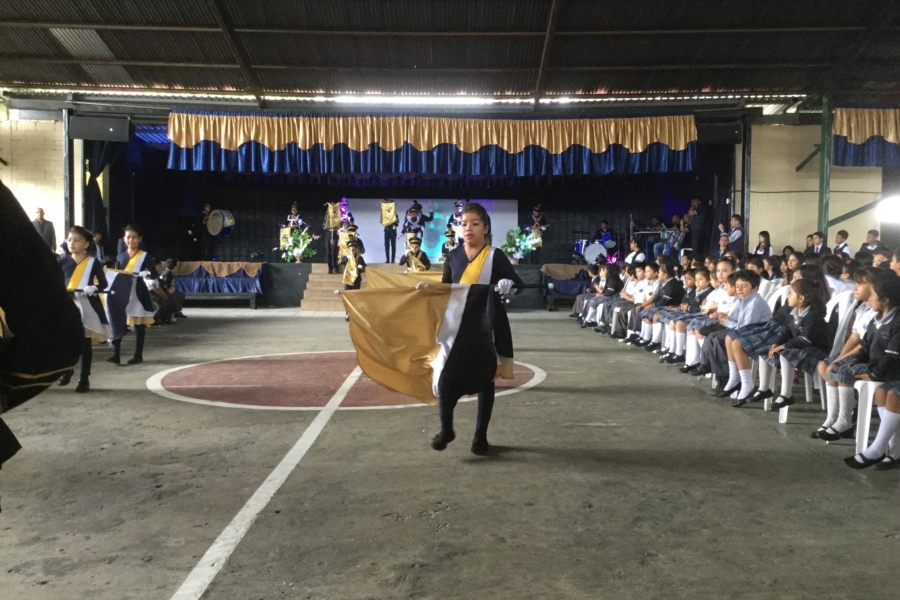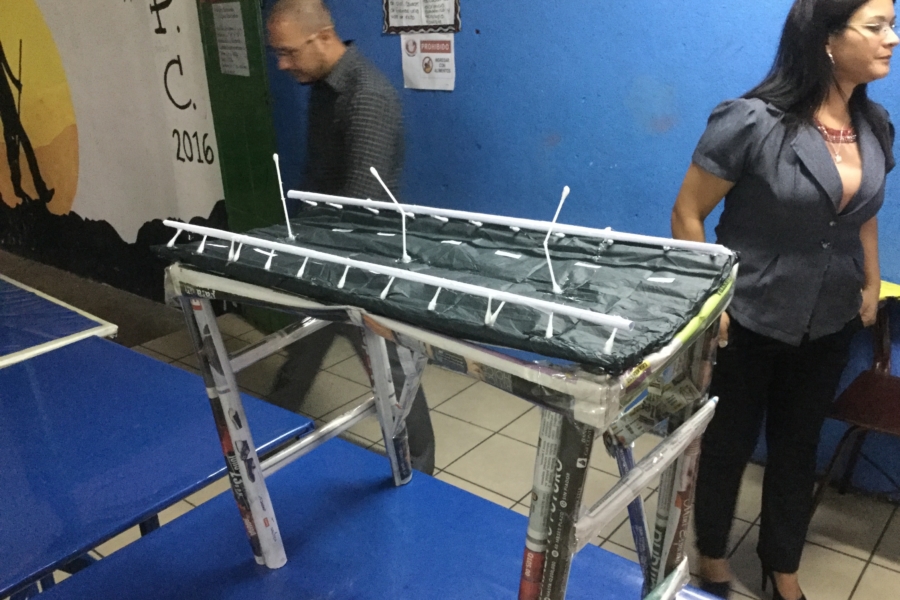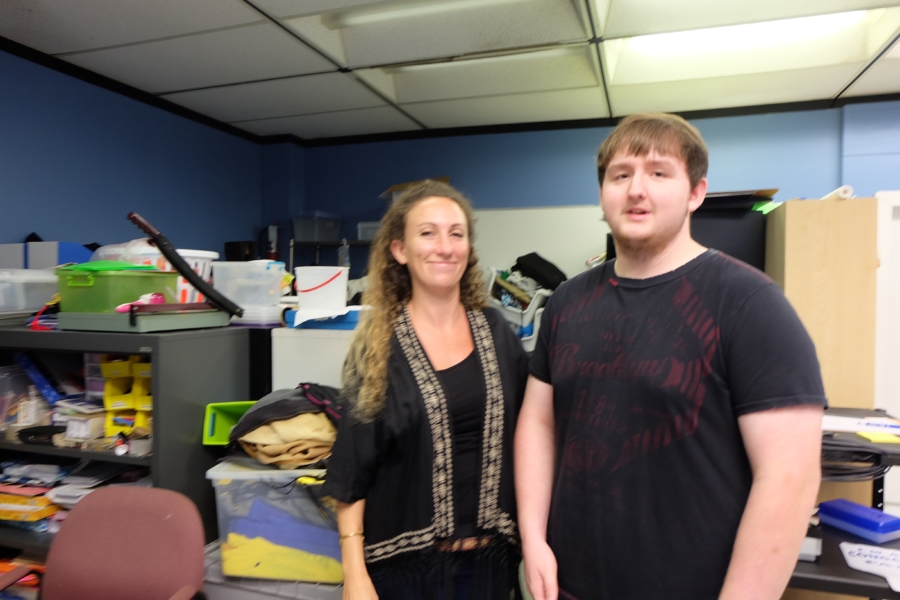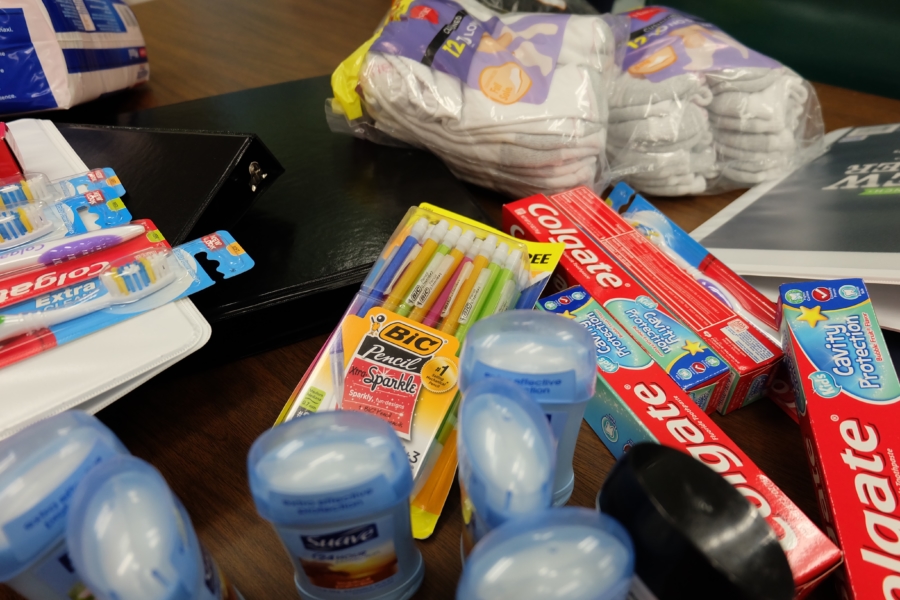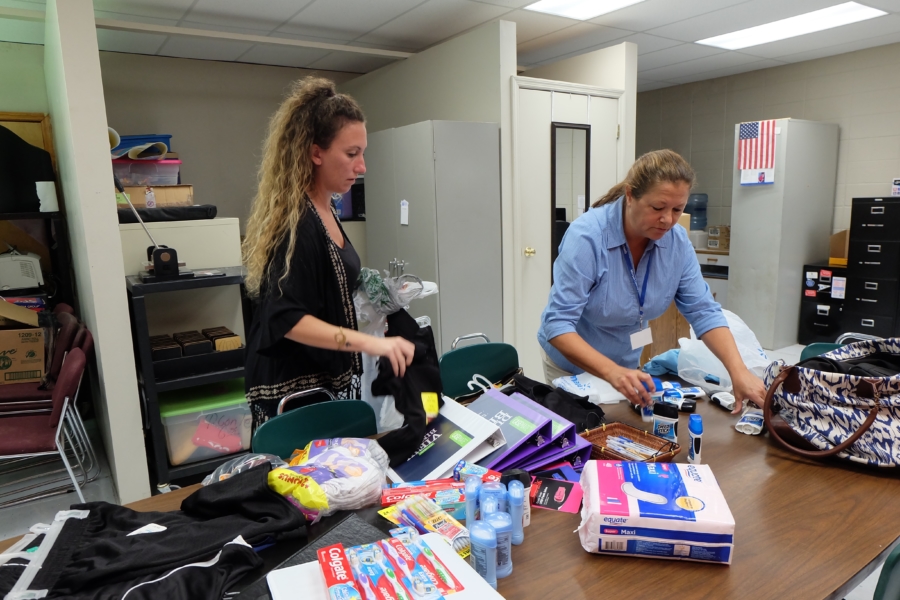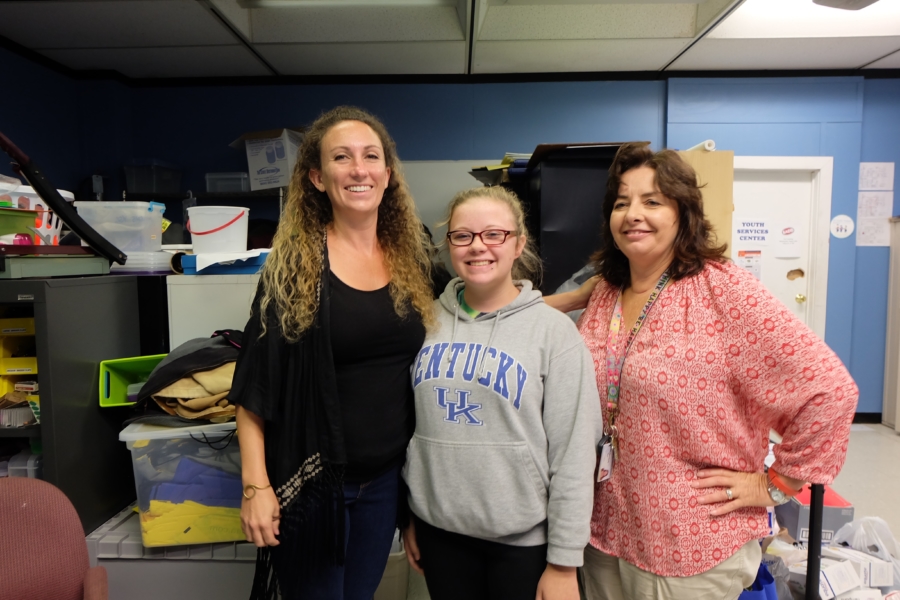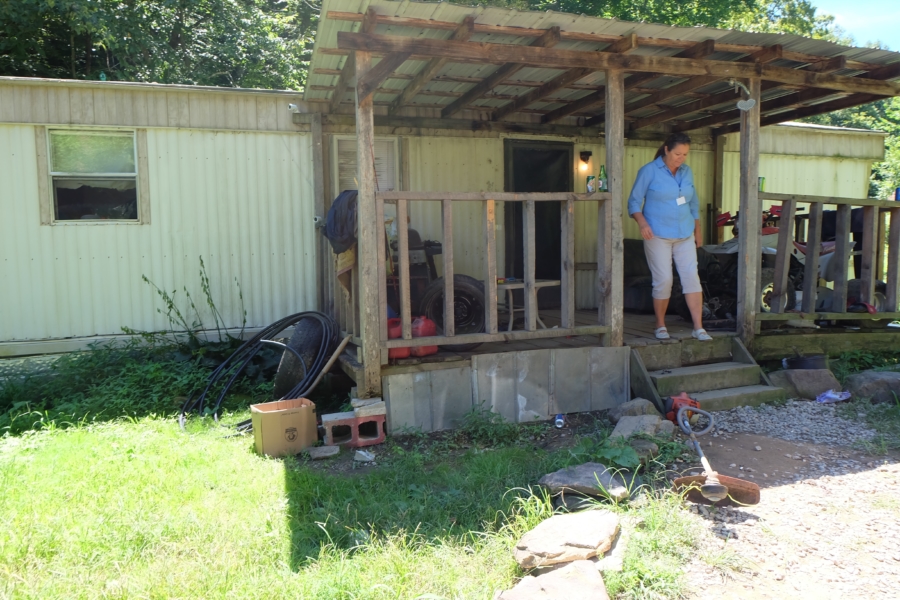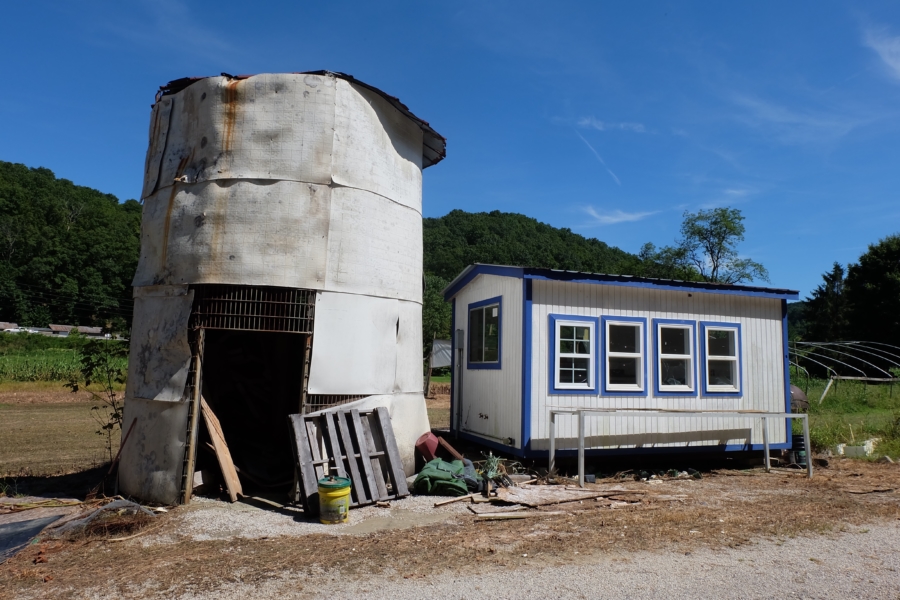Tucked away amongst the small, tree-lined cobblestone streets and Colonial-era houses of Coyoacan Delegation, lies the Casa Hogar Santa Ines Girls’ Home. It’s pretty here, with the home (and now museum) of celebrated Mexican artist Frida Kahlo nearby.
We made it through the busy, but organized Mexico City morning traffic to the Home’s huge wooden door, which opens for us as we arrive. It’s tough to drive through the streets in this neighborhood. The roads are so narrow it’s difficult for even one car to get through, and pedestrians have to fit on just a sliver of a sidewalk.
We marvel at the school’s immaculately kept courtyard. Santa Ines looks like a small place at first, but I soon realize that it extends beyond my current view. Behind the buildings I can see, which contain dormitories and offices for the sisters, are large dorms that house up to forty girls at a time.
Many of them have had some trauma, witnessing violence, drug use, and abuse, and some of them find it difficult to cope.
Sister Flor greets us. She used to work in a church in a predominantly Hispanic community in Fort Worth, Texas before her order assigned her to work here.
For the past three months, she’s been directing the home, which consists of 32 girls and five sisters, and we sit and discuss the sponsorship program with her. It’s hard not to keep looking around for the children, but they’re in school at the moment. We look forward to when the younger girls will return (older students are in private schools and could be in school as late as 6 pm).
A safe haven for little girls
Children Incorporated, Sister Flor tells us, helps with school supplies, clothes, shoes, and school uniforms. With the government really only providing enough support for eight girls at the moment, Santa Ines relies heavily on financial support from churches, individual donors, and in-kind donations from the community.
The children are sometimes left with the sisters by families who are too burdened to support them, sometimes they’re plucked from abusive homes, and sometimes they’ve been abandoned. Casa Hogar Santa Ines has been working with Children’s Incorporated since 1974, the year of the school’s founding.
A nearby private school offers scholarships to every Santa Ines child who is old enough to attend. It’s not easy for the children, who are as young as three and as old as 13. Many of them have had some trauma, witnessing violence, drug use, and abuse, and some of them find it difficult to cope. A psychologist visits once a week, but Sister Flor often gets calls from the school that the students have acted out after being picked on because of their background.
In an effort to give some of these young women a place of stability in their lives, Sister Flor and the other sisters have made it a priority to keep their living spaces and facilities clean and comfortable. We love seeing the dorms, which are tidy and painted a pale purple with pictures of Disney princesses and other cartoon characters festooning the walls. The toys are ones that encourage group play — Barbies and dollhouses — while the high ceilings and large windows allow in a cheerful amount of natural light. Santa Ines is certainly one of the nicest and best-kept homes I’ve seen in my travels with Children Incorporated.
Happy faces in Mexico City
It was difficult to tear ourselves away from such energetic harmony, but I felt good knowing these special children are so well-cared-for in the heart of such a big and sometimes impersonal city.
Finally, the children arrive. They’re energetic, outgoing, and eager to meet Luis and me. We have lunch with them, a mixture of beef and vegetables with a side of beans. The girls seem loved and cherished by the sisters and the volunteers who are walking around, helping them with their meal. We watch the children play in the courtyard between the dining room and the doors. They swing, they slide, they draw pictures with chalk, they even hula hoop.
It was difficult to tear ourselves away from such energetic harmony, but I felt good knowing these special children are so well-cared-for in the heart of such a big city.
***
HOW DO I SPONSOR A CHILD IN MEXICO?
You can sponsor a child in Mexico in one of three ways – call our office and speak with one of our sponsorship specialists at 1-800-538-5381, email us at sponsorship@children-inc.org, or go online to our donation portal, create an account, and search for a child in Mexico that is available for sponsorship.

